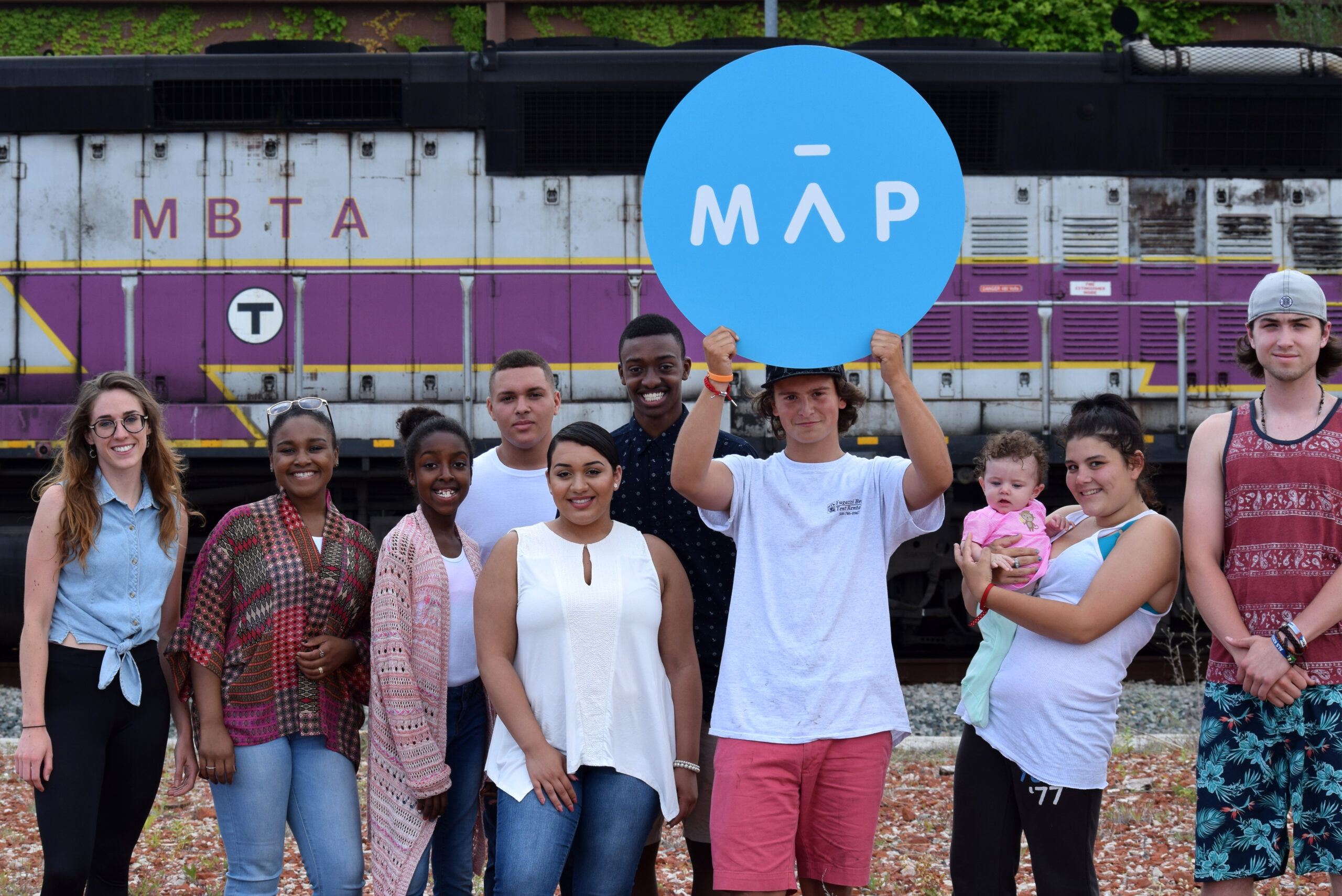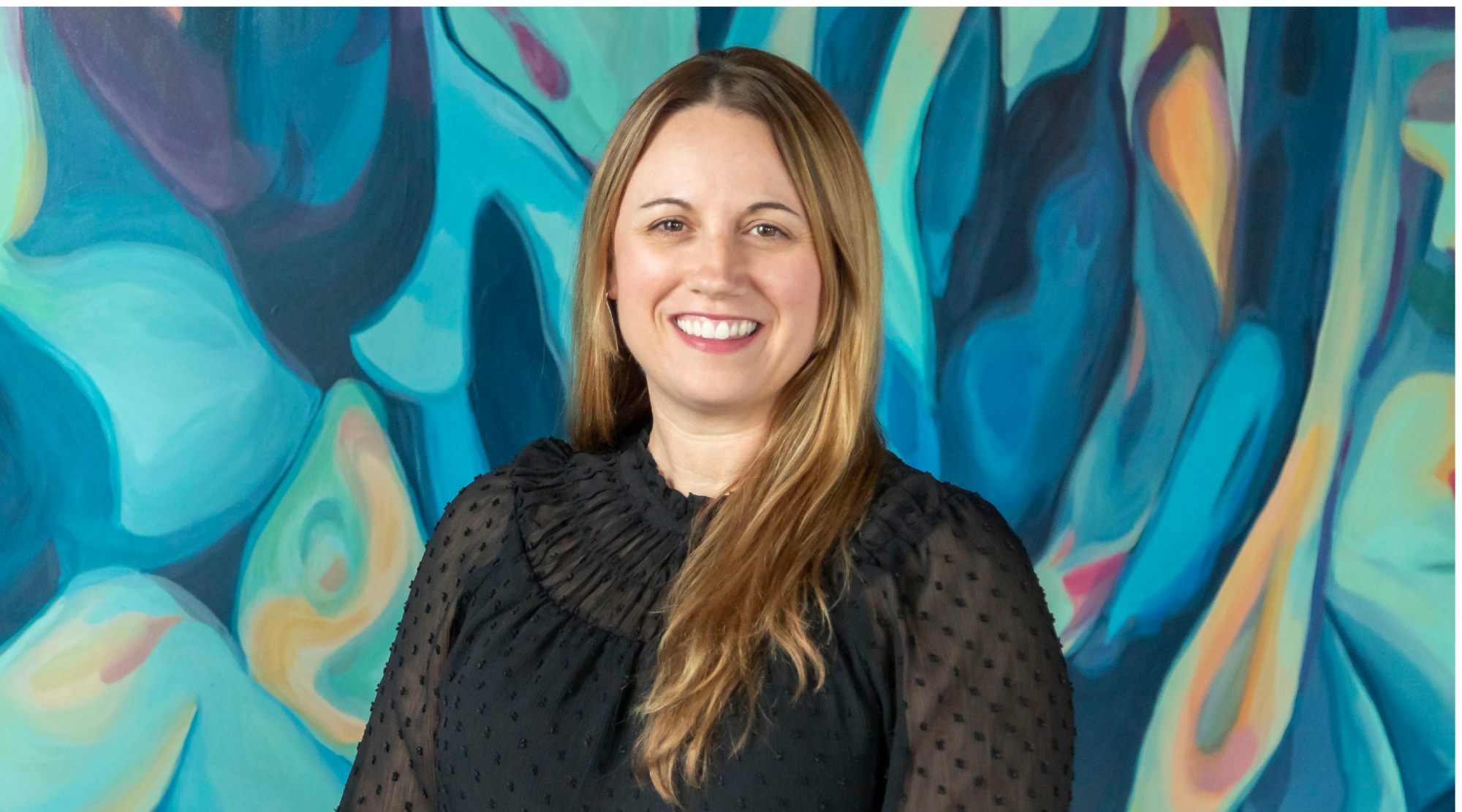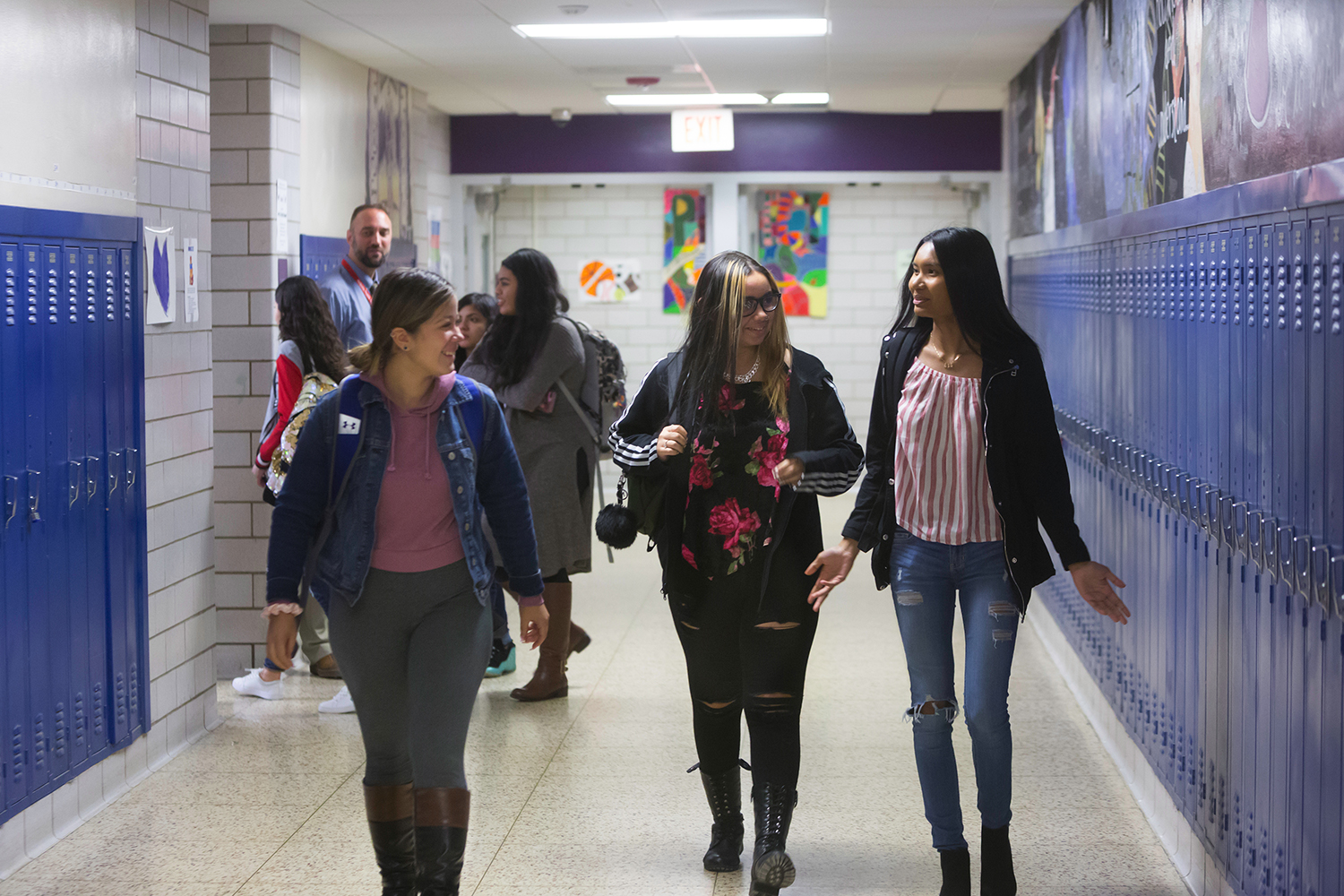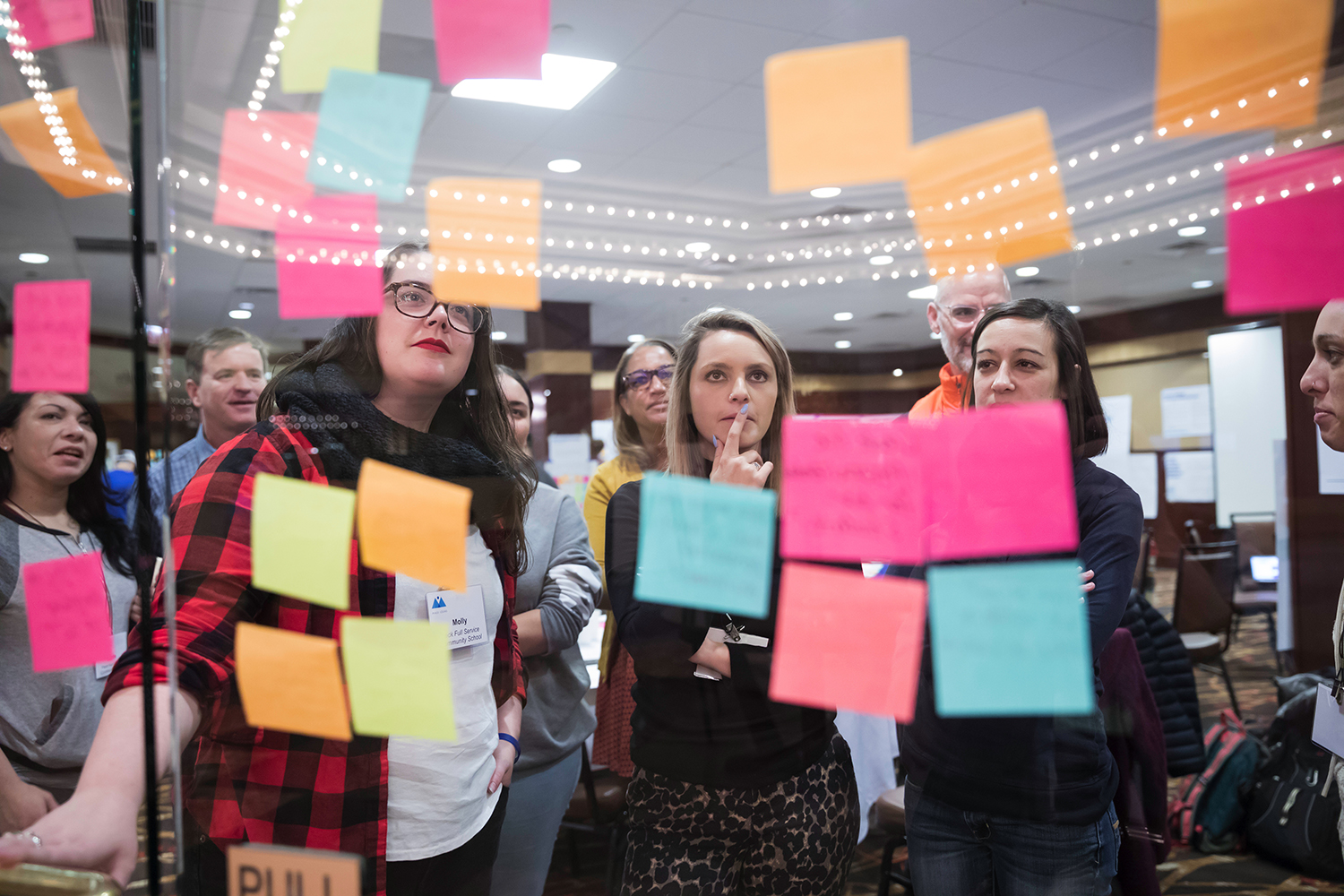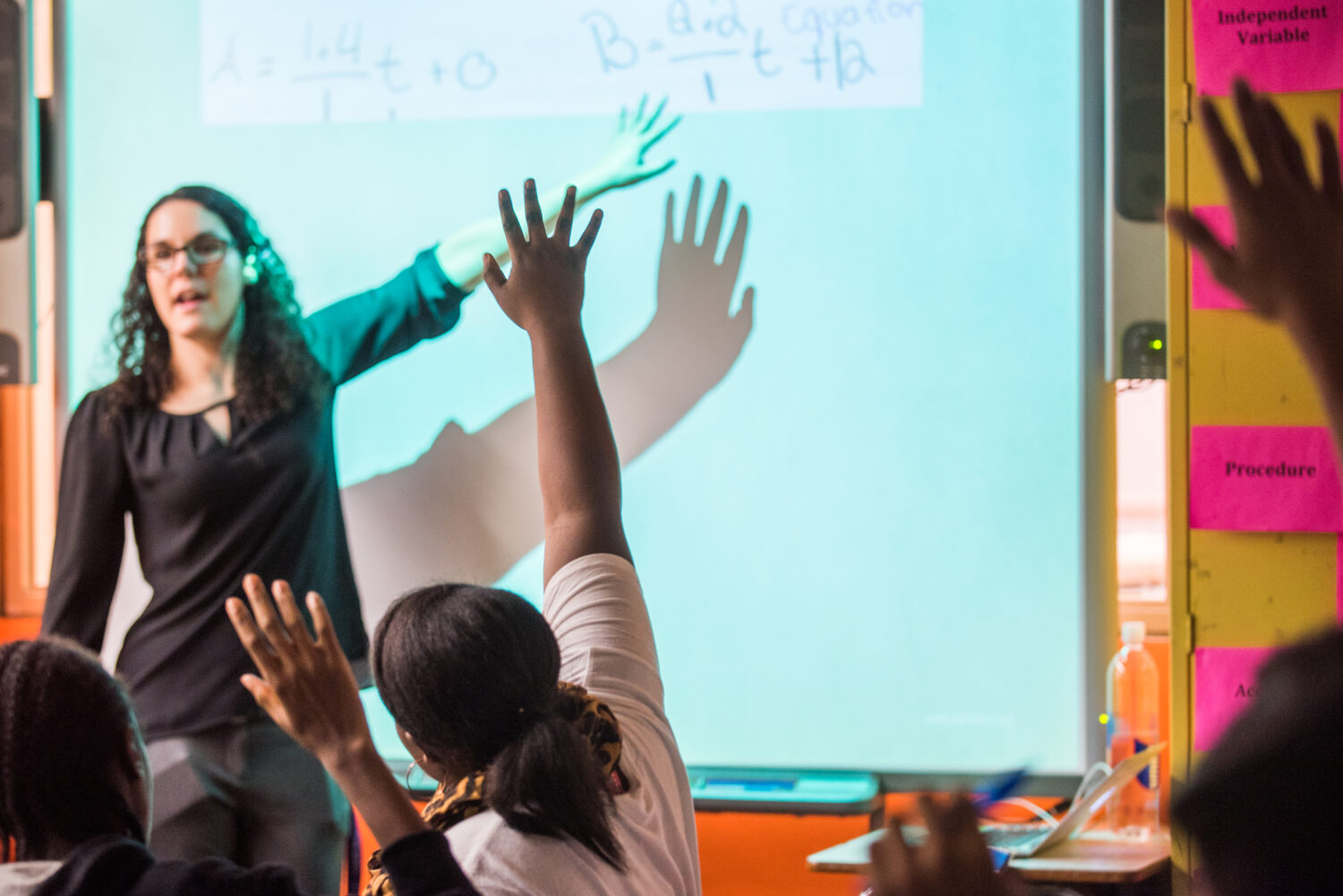With growing recognition that our traditional, “one-size-fits-all” approach to education is not working for all students, the idea of personalizing a student’s learning has been gaining a lot of attention over the last several years. It is also a central piece of Barr’s goal to connect all students to success in and beyond high school. Yet there is still wide variation in how people define what is—and what isn’t—personalized learning. Further, there are a variety of terms that are used to describe similar concepts, such as student-centered learning.
The national organization iNACOL surveys thousands of educators each year and, informed by practitioners’ perspectives, offers this definition of personalized learning:
“Tailoring learning for each student’s strengths, needs and interests—including enabling student voice and choice in what, how, when and where they learn—to provide flexibility and supports to ensure mastery of the highest standards possible.”
This definition resonates with our own research. In May, Barr surveyed 125 education professionals in New England (stay tuned for the complete survey results). A response from a high school leader featured similar elements in how personalized learning is playing out in her high school:
“Students are placed in courses based on demonstrated skill and content knowledge, not grade level or age. Courses are culturally relevant and engaging. Students progress academically based on demonstrating competence on content/skill. A student’s social and emotional needs are assessed consistently throughout their time at the school and interventions are appropriately applied to ensure they are academically successful.”
While personalized learning can be implemented in a variety of ways, there are two common misconceptions regarding the practice. First, personalized learning does not mean that rigorous, common college- and career-ready academic standards should be relinquished. In other words, personalized learning does not mean that academic standards are personalized. On the contrary, organizations—including new partners of Barr—are using personalized learning approaches as a vehicle to increase academic achievement and to ensure all students are fully prepared for post-secondary success. Second, personalized learning is not only about education technology. Online, blended learning, and technology tools used to track student progress can be helpful means to personalize the learning experience, but the use of these tools is not essential or the end goal.
Although there are various definitions of personalized learning, they generally share the common theme of addressing the strengths, needs, interests, goals, and attributes of individual students. And while implementing personalized learning across all aspects of a school and for all students is the goal, we recognize that is a complex, long-term undertaking. As we work towards this vision, we are already seeing many exciting features of personalized learning in practice, including by someof our newest grantees.
Below are several hallmark characteristics of personalized learning, along with examples of our partners that are putting them into practice at the high school level:
Provide a menu of high-quality pathways for students to freely choose based on their own interests and needs. At the macro level, a variety of diploma-granting pathways can provide options for students to personalize their high school experience. Gateway to College is accomplishing this by providing a rigorous early college alternative to traditional high school that takes place entirely on a college campus and targets the specific needs of disconnected youth.
Competency-based progression and graduation focuses on ensuring students are acquiring the knowledge and skills needed to meet rigorous college- and career-ready standards. This model also allows students to progress at their own pace—receiving more support on the areas in which they need the most assistance. Map Academy, a prospective Commonwealth charter school for overage and under-credited students, proposes to have a competency-based model that includes both academic and socio-emotional learning competencies.
Schools take advantage of community assets for formal out-of-classroom learning opportunities that are aligned with students’ interests and goals. A school does not need to be defined by the walls of the building. KIPP Massachusetts will develop and implement a replicable new high school design at KIPP Academy Lynn Collegiate to better prepare students for college and career opportunities, which will include new options in the school day for external learning opportunities.
Students develop their own secondary and post-secondary plan. Personal or individual learning plans can be the means to help develop student voice and personalize their learning. OneGoal, which is expanding from Chicago to several urban communities in Massachusetts, provides a credit-bearing high school course in which students develop individual plans for post-secondary education based on their needs and interests.
We are eager to learn alongside all of these partners, and many others, over the coming months and years as we continue to develop and refine Barr’s efforts to increase the number of students connecting to secondary and post-secondary opportunities.
